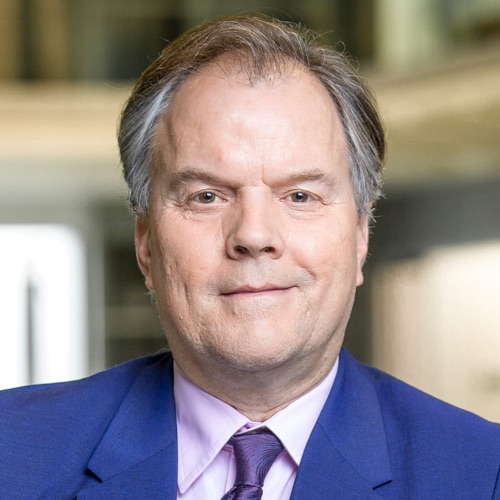Ukraine bloodshed: protesters shot dead in Kiev
 Matt Frei
Europe Editor and Presenter
Matt Frei
Europe Editor and Presenter
There is a dramatic escalation of the violence between protesters and riot police in Kiev, as the use of live ammunition leaves many dead and injured.
As we approached Independence Square or Maidan, as much of the world now calls it, we saw a fleet of ambulances driving at breakneck speed away from the protest camp.
The first sign that something was amiss on what should have been a morning dominated by diplomacy.
The plumes of black smoke that rise from the barricades was unusually thick this morning and as we too close to the square, we could hear screams and shots. The usually cheerful, almost phlegmatic, woman who runs one of the many sandwich stalls that feed the revolution was in floods of tears.
‘Live ammunition’
I asked her what was going on. “They are shooting – they are using live ammunition”, she said.
As if on cue, a body carried on what looked like the remnants of an old mattress, was being rushed to one of the waiting ambulances.
I looked behind me and counted four more bodies, covered in blankets, lying on the ground. They had horrific injuries which could only have come from live ammunition.
The picture below, of eight bodies laid out in Kiev’s Independence Square, has been blurred because of its graphic content. To see the image without blurring, click on the picture. Viewers are warned that the image is of a very distressing nature.
What used to be a newspaper kiosk has been turned in to a makeshift field hospital. Doctors in surgical gowns were running around busier than ever.
Every few minutes, new casualties were brought in from the front line about 100 yards from where we were standing. As far as we could tell, all of them in serious condition.
‘Trench warfare’
All of them men, and probably all of them engaged in the battle to retake that portion of the Maidan that had been ceded to the riot police two nights before.
This is now trench warfare in a modern European capital. New barricades are springing up everywhere and, in response to the riot police using live ammunition, the protestors have also ratcheted up the violence.
There are reports, so far unconfirmed, of live ammunition being used by some of the radical protestors as well.
Watching the mayhem, was a group of monitors from the European council, members of parliament from Estonia, Sweden and Holland who in their smart business attire, looked out of place in the chaos.
Their collective jaws dropped at what they were witnessing.
I asked them what the EU could do about this, to stop the unrest. The Estonian MP, shrugged her shoulders and said “sanctions?”
What is so extraordinary about this morning is that the violence was happening at precisely the same time as three EU foreign ministers (from Poland, France and Germany), were supposed to see President Viktor Yanukovych.
Unanswered questions
The air is thick with smoke and unanswered questions – who exactly started todays violence? Was the police crackdown a local response or part of a new government policy to get tough?
And has President Yanukovych basically decided that his future and Ukraine’s future can only lie in the embrace of Vladimir Putin’s Russia, even if it involves burning every bridge with Europe?
As we left the square, to try and catch up with the European foreign ministers who it seems never even made it to town thanks to the violence, we came across a group of twelve riot police, taken captive by the protestors.
Their heads bowed, walking the gauntlet of verbal abuse and the occasional kick from the angry crowd.
Police captured
An opposition MP was on hand to explain that they had been captured for using live ammunition and breaking the law.
“What will you do with them?” I asked.
He said: “we will march them to the police headquarters and hand them over.”
This is indeed what happened, but not before the riot police – most of whom were barely older than teenagers, and looked terribly frightened – were given a stern lecture in civic values, and then that timeless gesture of friendship and reconciliation – a cigarette.
The two commanders of the captured unit were given a less gentle reception.
Their faces looked bruised, bloodied and swollen. Taking prisoners of war on the streets of Kiev is indeed a first in this conflict that seems to be spiralling ever more out of control.
-
Latest news
-
Taylor Swift’s new break-up album breaks records3m

-
NHS trust fined £200K for failings that led to death of two mental health patients3m

-
Sunak vows to end UK ‘sick note culture’ with benefit reform3m

-
‘Loose talk about using nuclear weapons is irresponsible and unacceptable’, says head of UN’s nuclear watchdog3m

-
‘There wasn’t an Israeli attack on Iran,’ says former adviser to Iran’s nuclear negotiations team7m

-





